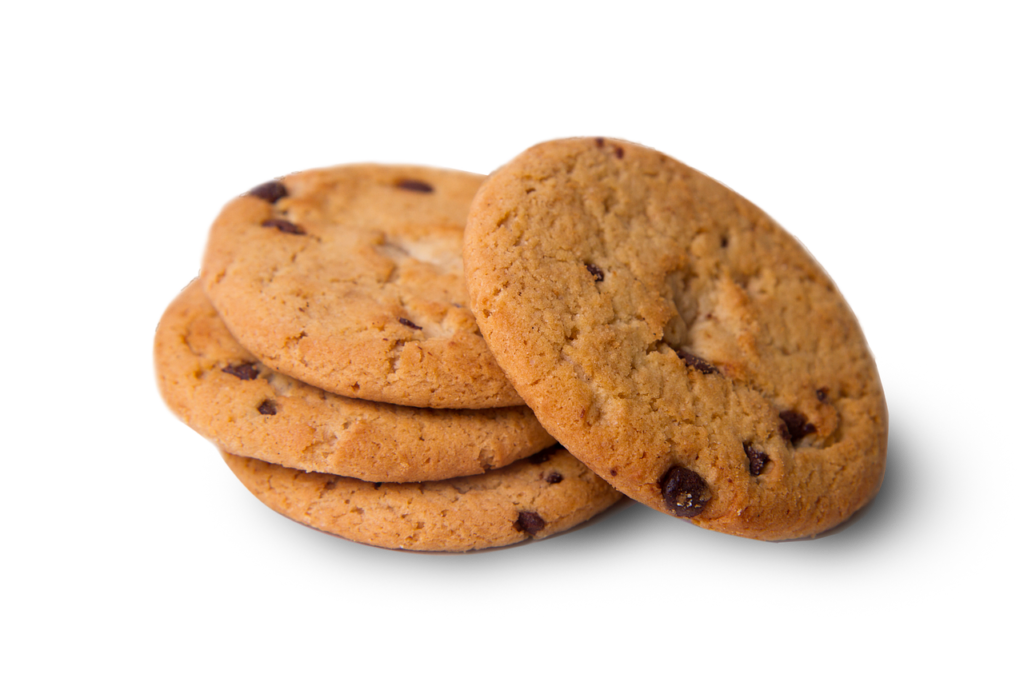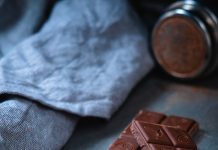 Effect of high-pressure treatments on the microbiological charge of biscuit dough.
Effect of high-pressure treatments on the microbiological charge of biscuit dough.
Refrigerated dough has a potential health risk to consumers, as it can be consumed raw or undercooked. Therefore, a recent study by a group of US researchers (Sabillón et al., 2021), evaluated the effects of high-pressure treatments (HPP, at 100-600 MPa for 1-6 min) on microbial changes and the functionality of biscuit doughs (with water activity values, aw, in the range 0.80 to 0.87).
The results show that pressure treatments only marginally reduce the endogenous microbial populations of samples (by 0.2-0.5 log CFU/g). Conversely, it has been observed that treating the dough at a pressure of 600 MPa for 6 min significantly reduced (by 2.0 log CFU/g) the counts of intentionally inoculated Escherichia coli cells in the product.
Increasing the aw value of biscuit dough did not play a significant role in the reduction of the microbial count, however it yielded a softer and thicker biscuit when baked. Finally, within the same aw level, no significant differences in the physical characteristics were observed among HPP-treated and control doughs.
In conclusion, the authors suggest that HPP technology has the potential to improve the microbiological quality of wheat-based biscuit doughs. However, further investigations are still needed to assess the possible impacts of the change in the formulation of the product, as some components, such as sugars and fats, may protect micro-organisms against pressure-induced inactivation.
Influence of the formulation on the rheology of the doughs and on the technological characteristics of cookies obtained by 3D printing.
3D printing is an emerging technology in the food industry that allows the production of 3D-printed food products. In this context, the purpose of a recent study, carried out by a group of Croatian researchers (Vukušić Pavičić et al., 2021), was to develop a formulation to produce high-fiber biscuits using this technology, without the use of additives.
In particular, the study aimed to relate printing quality and cookie physical properties with dough rheology and dietary fiber content depending on the type of flour (oats, rye, rice and carob flour) and fat (olive oil or butter) used in the recipes. The authors suggest that, compared with doughs containing butter, samples containing olive oil showed lower baking loss and better printing quality, combined with higher viscosity and dough consistency coefficient.
Furthermore, it was observed that the flour choice influenced all cookie quality parameters. The best print accuracy (≥98%) was obtained for cookies with olive oil in which part of the oat flour was replaced with rye and carob flour. Overall, this study leads to the conclusion that defining the recipe is critical to maximize the quality of 3D-printed cookies.
References: Sabillón et al., Cereal Chemistry, 98, 2021, 70-80; Vukušić Pavičić et al., Foods, 10, 2021, 1-15.



